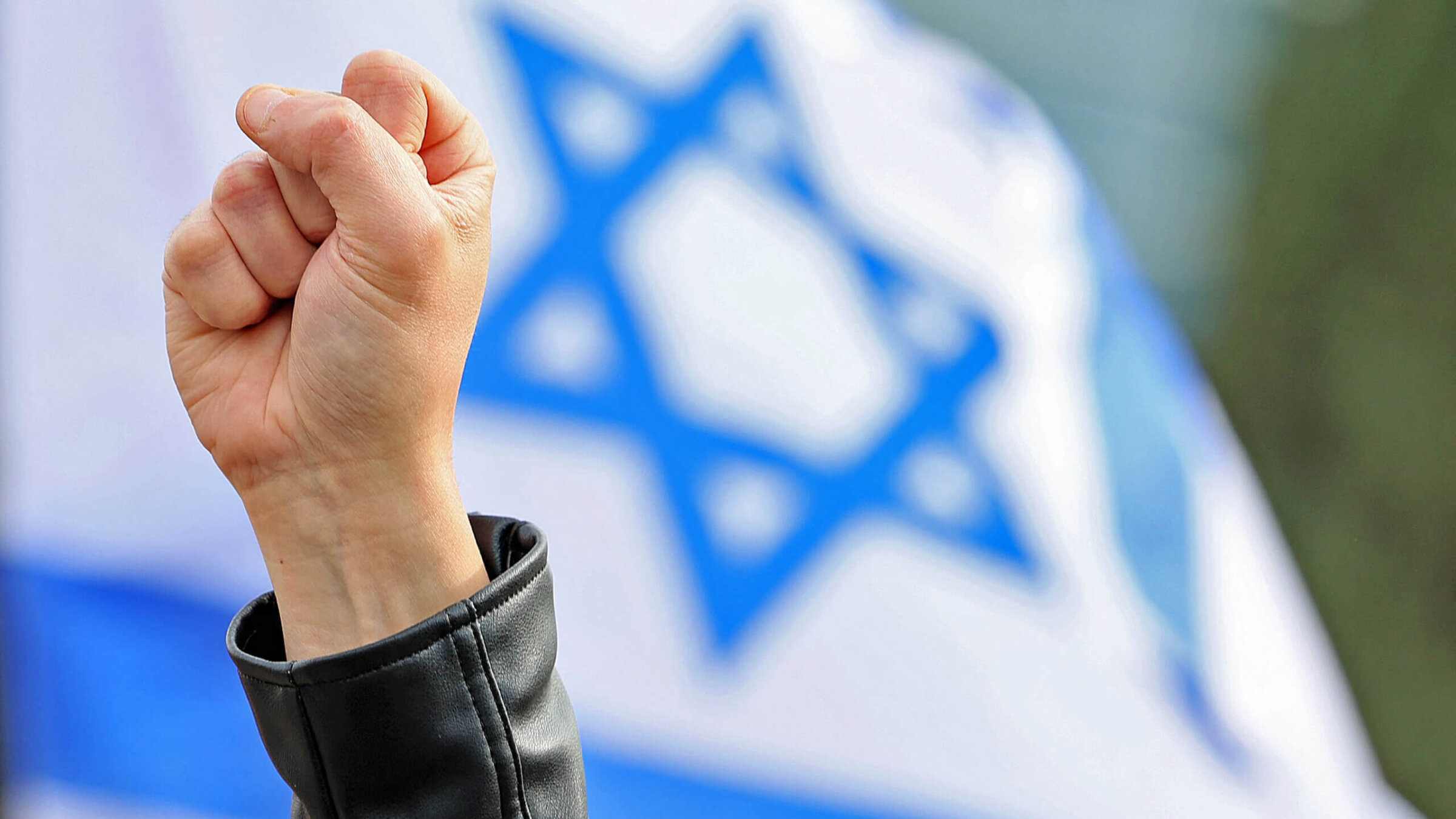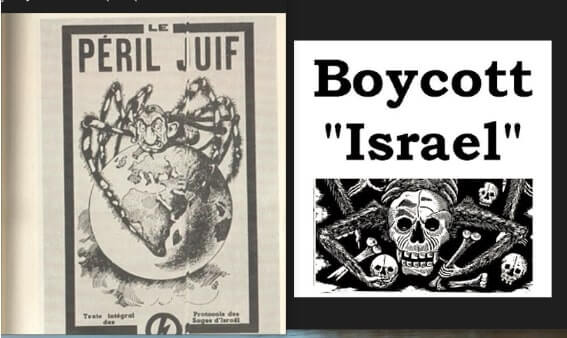I’m a university professor. The reality on campus is more complex than ‘Zionist snowflakes’
There is a difference between rhetoric and genuine debate

Israeli students protest against Prime Minister Benjamin Netanyahu’s new hard-right government, in Tel Aviv University’s campus, on January 16, 2023. Photo by Jack Guez/AFP via Getty Images
My critique of Rob Eshman’s recent column, “When did Zionists become snowflakes?” comes from a probably unexpected place. I am a Workers Circle leftist and am entirely at odds with the current Israeli government. Our perspectives are not opposite. But I believe that the reality is far more challenging, complicated, and informing than anything suggested by the “snowflake” rhetoric Eshman utilizes.
I was on the faculty at the University of Michigan for more than 40 years. Michigan figures centrally in Eshman’s piece, and I have seen close-up much of what he invokes from editorial distance.
The core of Eshman’s argument is that actions intended to make campuses like Michigan “safe” for Jewish students — at least for those who are Zionistically “out” — are too often hysterical overreactions. The result of attempts to silence anti-Zionist protesters and threaten universities, he argues, is not good for students. Shielding them from “conflict and hardship,” we foster “fragile intellects and “weak spirits.” That is the price of “coddling,” a term Eshman borrows from Jonathan Haidt.
Concerns about “coddling” American young people are certainly not new. In 1908, Teddy Roosevelt decried colleges (which were all-male at the time) for making their charges “too sensitive to take part in the rough hurly-burly of the actual work of the world” and turning out “mollycoddles.”
When the Committee for Open Debate on the Holocaust showed up on our campus in 1994, they took out an ad in the school newspaper and called for vigorous debate on whether there was any reliable evidence that the Holocaust ever happened. At the time, Michigan students’ response to blatant Holocaust denial framed as legitimate debate was not “weak” or “fragile” but a strenuous rejection. They firmly repudiated attempts to promote dangerous, antisemitic and ahistorical narratives.
The recent campus events that are the focus of Eshman’s piece — the demonstrations by Students for Justice in Palestine and associated BDS organizations — are not equivalent to unvarnished Holocaust denial. But when people get angry at Israel, their rage often draws from multiple wells. It is therefore not surprising that BDS demonstrations at Michigan have typically featured posters that depict Israel with imagery that invokes classic antisemitic tropes: the Jews, and the Jewish state, are portrayed as demonic, subhuman, and infinitely deadly.
Here I juxtapose one such poster from 2019 with a cover of a 1934 French edition of the The Protocols of the Elders of Zion. The poster was carried in front of the university’s graduate library during several demonstrations in recent years.

When I shared this juxtaposition with a colleague who supports both SJP and BDS, she said that she found it “interesting.” There was nothing further that she was willing to discuss.
Is it unreasonable that Jewish students who see such posters in front of the university’s main library — amid a host of speakers and their supporters — feel a bit “uncomfortable,” and even “threatened”?
I agree with Eshman that this does not mean SJP should be shut down, or the university threatened in silly and heavy-handed ways. But we should at least call things by their right names, which “fragile intellects” and “weak spirits” rarely do.
There is a difference between rhetoric (including about “snowflakes”) and genuine debate. I taught about the Holocaust for over 40 years and have had many Palestinian students. In one class in the 2010s, a young Palestinian woman approached me. “Isn’t the Holocaust exaggerated?” she asked. “Hasn’t it served Israel and others to make it so important, and bigger than it was?”
Her question caught me by surprise. I did not see this interaction ending well. But I sensed there was something more sincere than hateful in this woman’s question. Indeed, I saw trust and a desire to understand.
She had learned the arguments that Holocaust deniers often cite: “Isn’t it true that 4 million people were not actually killed in Auschwitz? She was right — the actual Auschwitz death toll is roughly 1.4 million. The 4 million figure was mainly an invention of Soviet propaganda (the “extra victims” counted were likely Soviet POWs and civilians that got attributed to Auschwitz tolls). I explained all this to her, and that fallacious arguments that she’d repeated did not affect the scale of the Holocaust as a whole, quantitatively or otherwise. We had a genuine conversation.
I don’t know what she ultimately concluded, but the victory is that she and I could have such a conversation at all. Unlike my BDS-supporting colleague, this student was ready to engage. Neither one of us opted for what might have been the more “safe” or more “comfortable” option. During my years at the University of Michigan, I have known many more Jewish and Palestinian students like her than like the “snowflakes” Eshman invokes.
Real conflicts, real virtues, and real people are various and complicated. It does not serve to coddle any of us with rhetoric that washes out that complexity.
To contact the author, email [email protected]
















